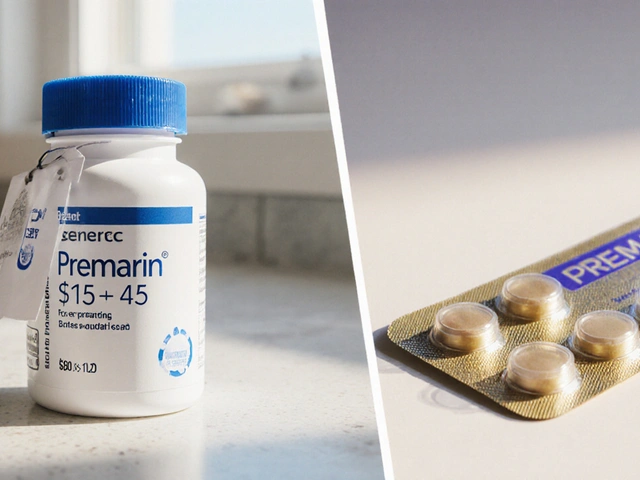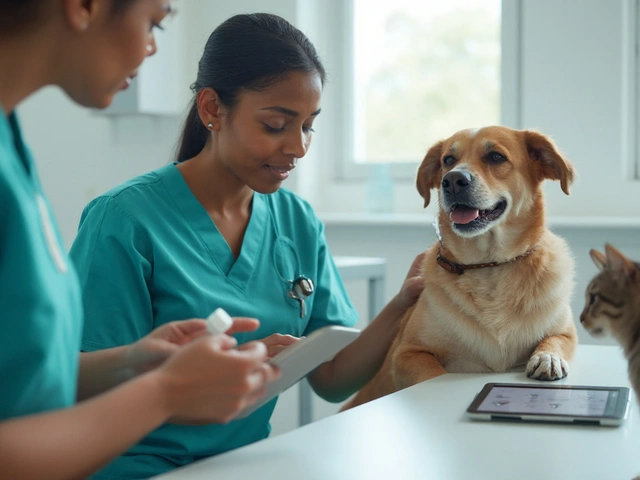HIV/AIDS — What You Need to Know Now
HIV is treatable today; people on modern antiretroviral therapy can live long, healthy lives. If you or someone you care about tests positive, fast action matters: prompt treatment lowers the virus in the blood, prevents illness, and cuts the chance of passing it on. Testing is the door to care. A simple blood or saliva test at a clinic, pharmacy, or home test kit gives quick answers.
Treatment basics: antiretroviral therapy (ART) is a mix of drugs that keeps the virus under control. Taken daily, ART reduces viral load to undetectable levels for many people. 'Undetectable' means the virus can't be transmitted through sex — remember U=U. Side effects exist but most are manageable; talk to your clinician about options and switching drugs if problems arise.
Prevention options: condoms still work. Pre-exposure prophylaxis (PrEP) is a daily pill that cuts the risk of sexual transmission by over 90% when taken as directed. Post-exposure prophylaxis (PEP) can protect after possible exposure if started within 72 hours. Needle-exchange programs and safer injection practices reduce risk for people who use drugs.
Living well with HIV means checking in regularly. Routine blood tests track viral load and CD4 counts. Vaccines, like flu and pneumonia shots, protect against other infections. Good sleep, balanced food, and steady social support make a big difference for long-term health.
Common worries: stigma and relationships. Telling partners is personal and sometimes hard. Many clinics offer counseling and support groups to help with disclosure. Legal protections vary by location; know local rules about testing and privacy.
When infections happen: weakened immune systems raise the risk of opportunistic infections. Doctors can prescribe preventive medicines and treat symptoms early. Watch for persistent fever, weight loss, night sweats, long cough, or severe diarrhea — these should prompt quick medical care.
Pregnancy and parenting: with proper treatment, people living with HIV can have safe pregnancies and deliver HIV-free babies. Consistent ART, monitored pregnancies, and specialized care lower transmission risk to nearly zero.
Access and cost: ART has become more available but barriers remain. Generic options and assistance programs can reduce costs. Ask clinics about sliding-scale fees, patient assistance, or community health centers.
Finding help: seek care at HIV specialty clinics, infectious disease doctors, or community health centers. Hotlines and local AIDS service organizations can guide testing, treatment, housing, and legal help. A quick search for 'HIV clinic near me' often points to local resources.
Quick tips: get tested regularly if you have new partners or share needles; start ART right away if positive; consider PrEP if at risk; use condoms and limit partners; keep routine checkups and vaccines up to date. Small steps add up to real protection.
Where to learn more
Reliable sources include local health departments, CDC guidance, and HIV clinics. Look for community groups that offer peer support and service navigation. If medication causes problems, ask about drug switches and adherence tools like pill boxes or phone reminders. If you feel overwhelmed, reach out — help is available.



